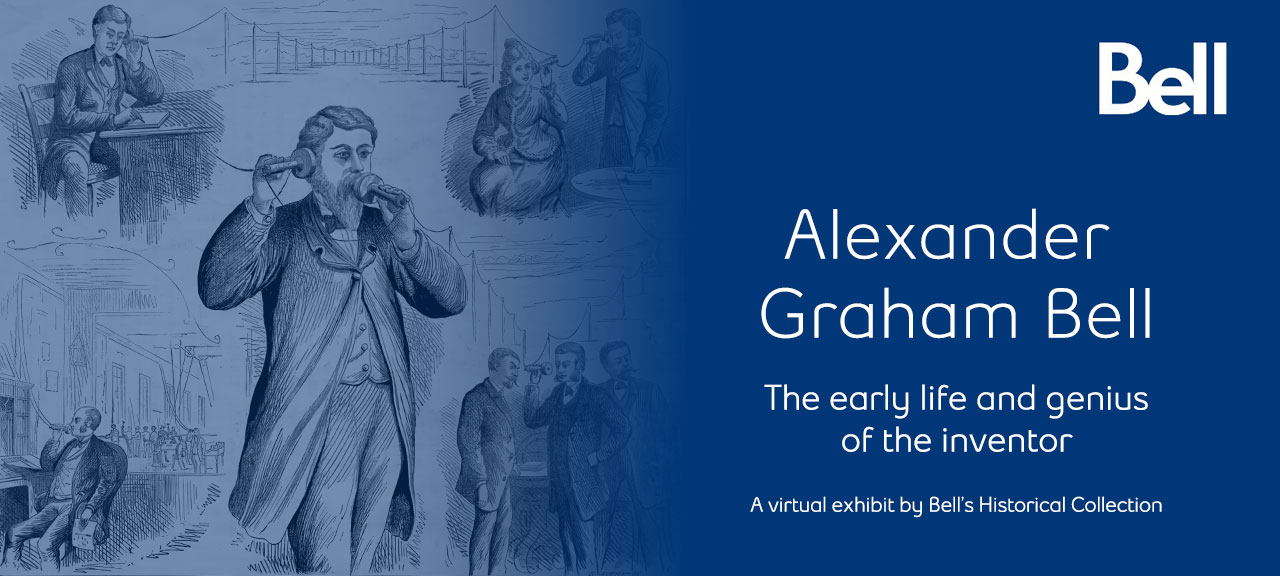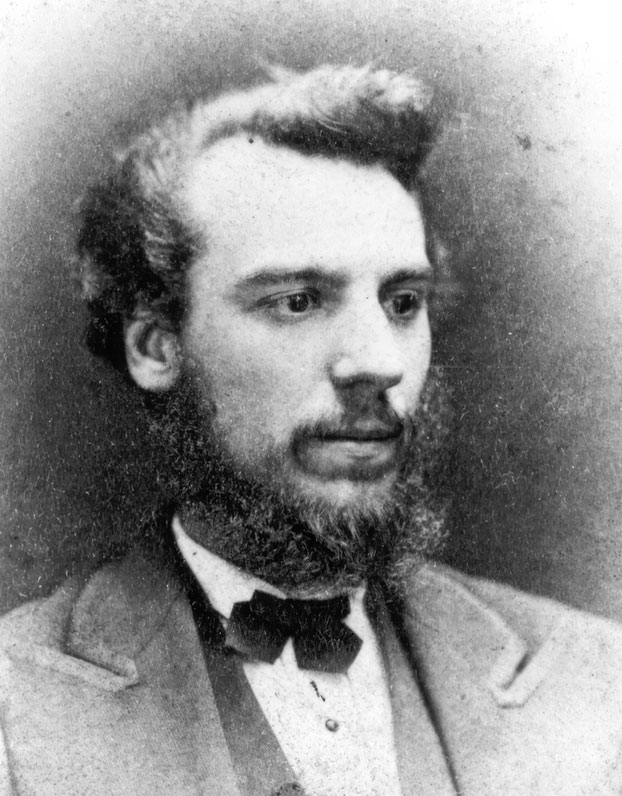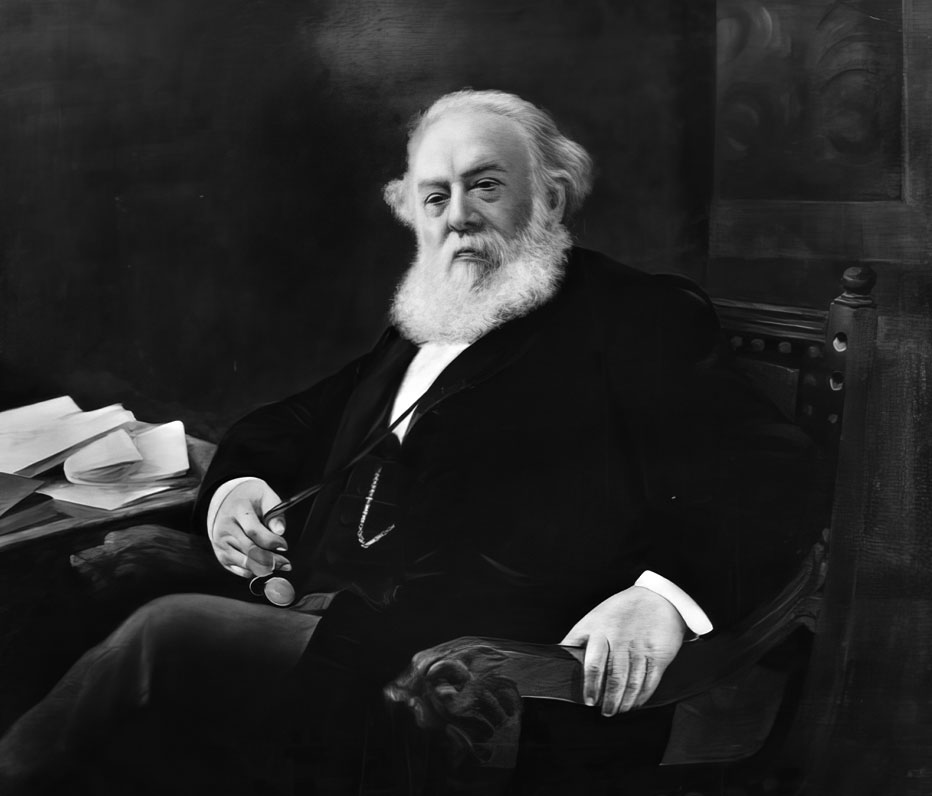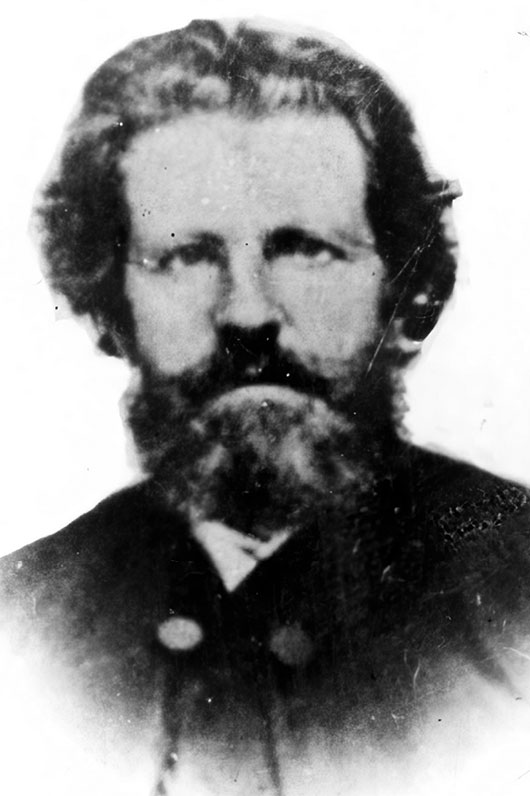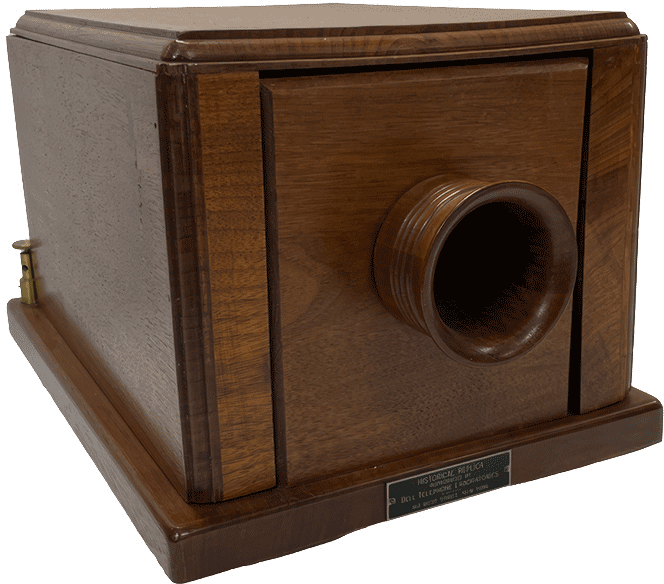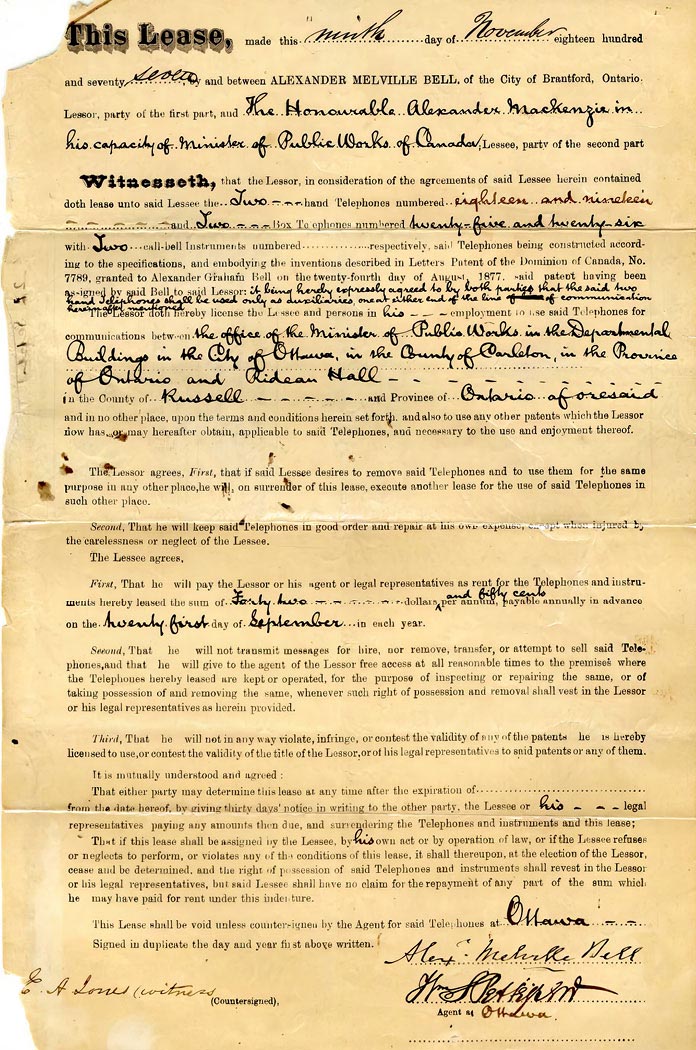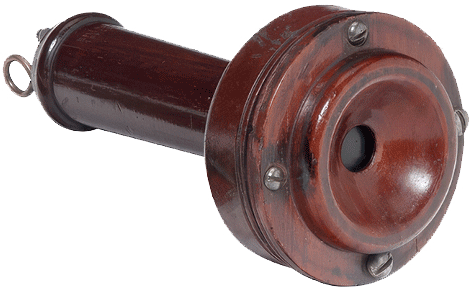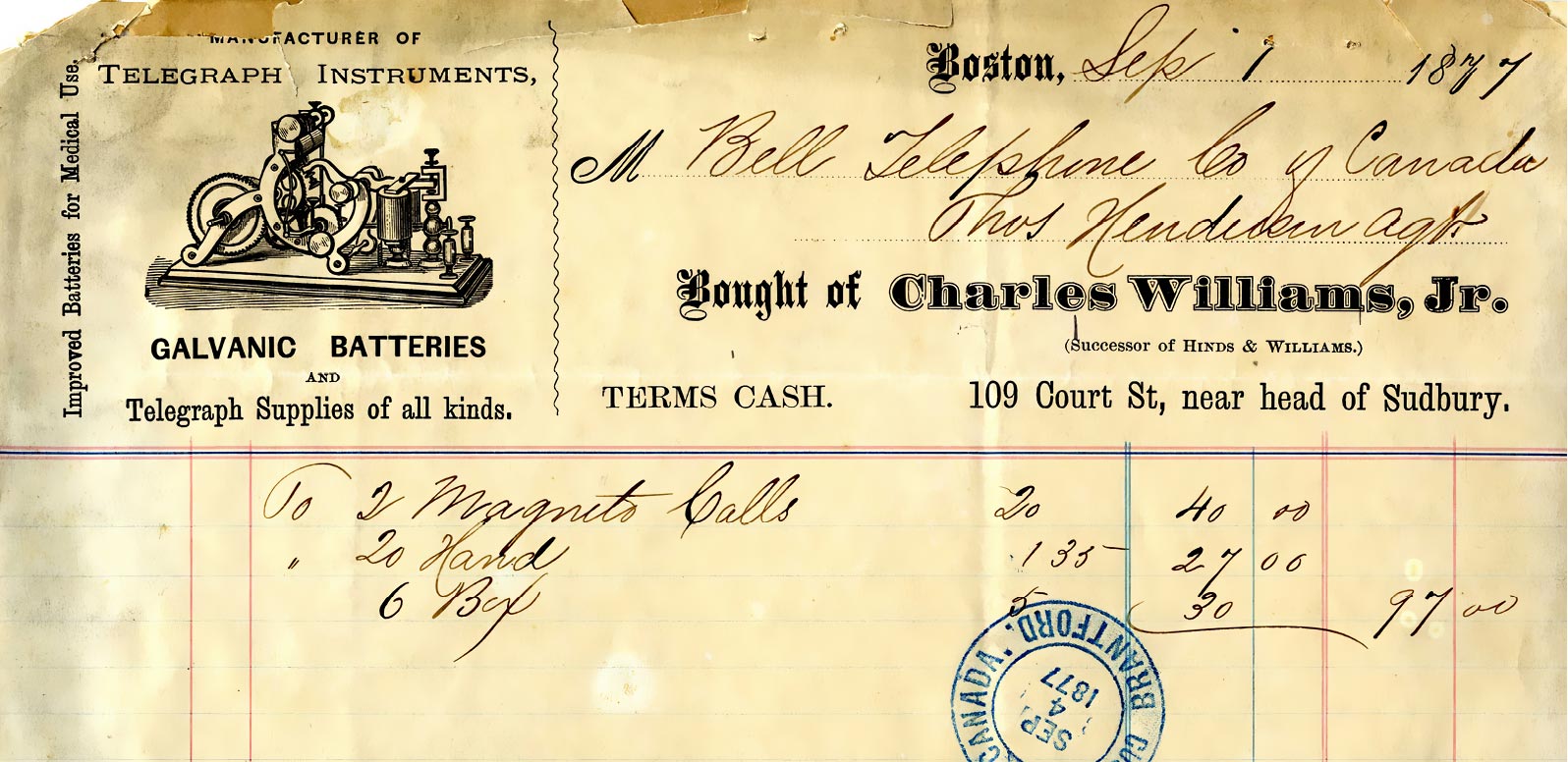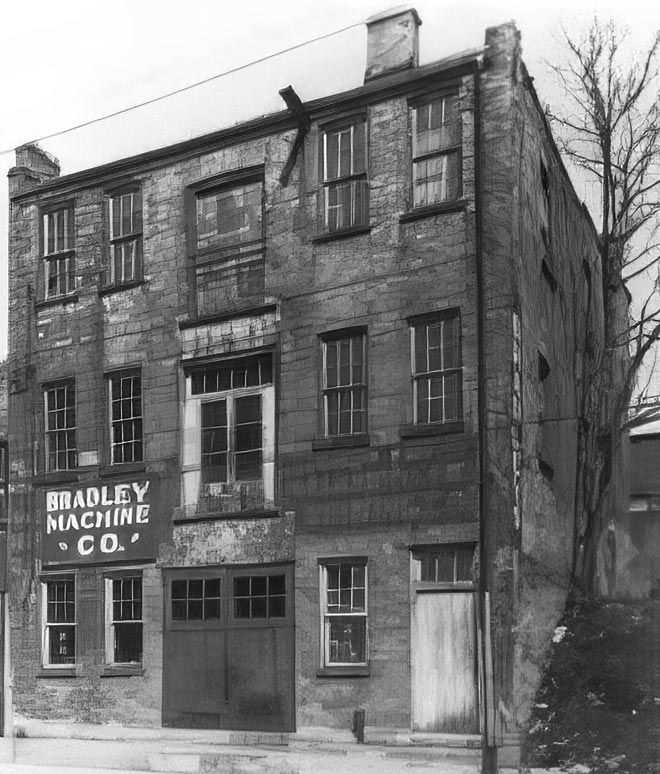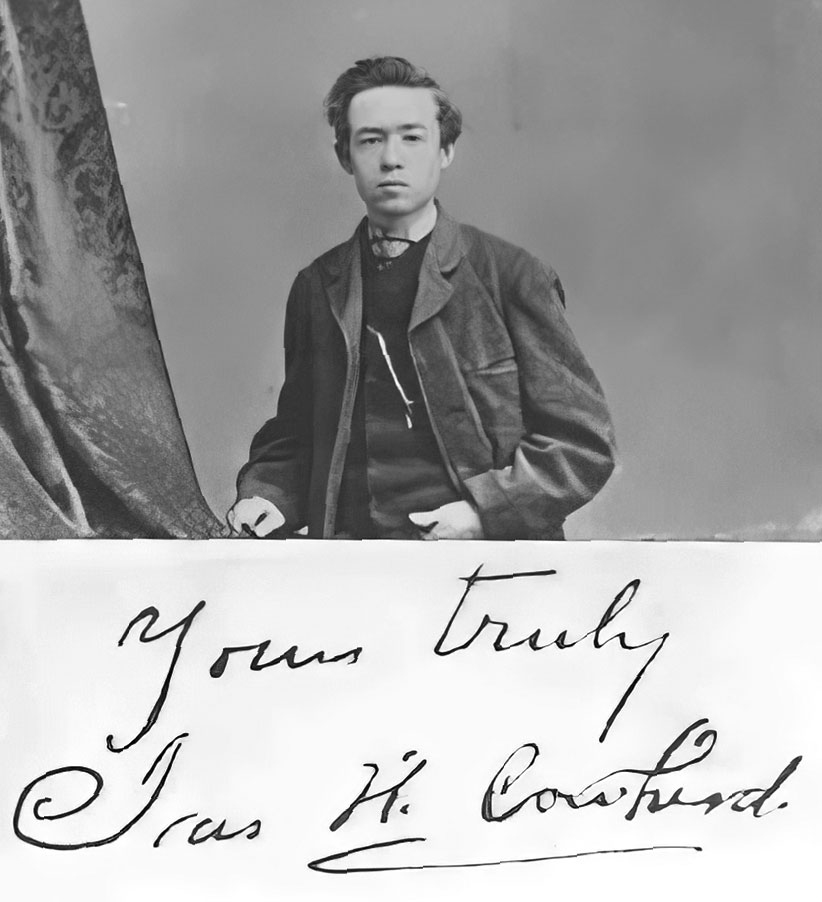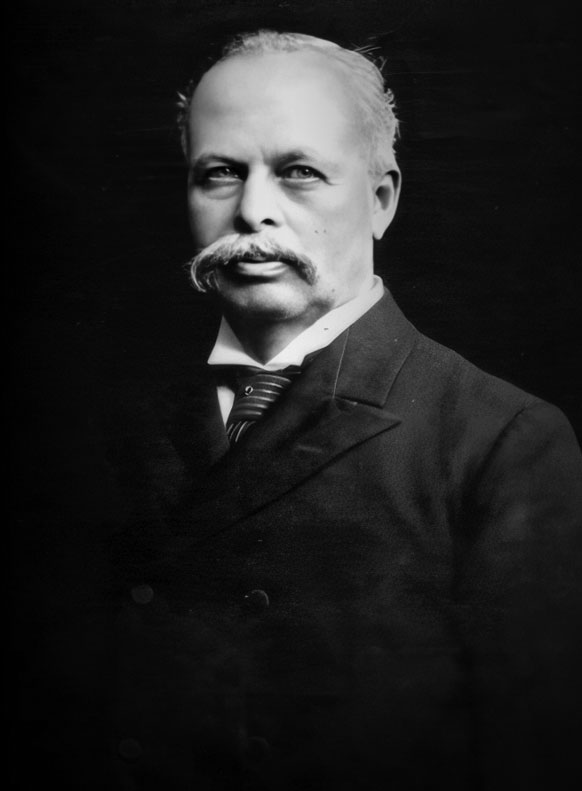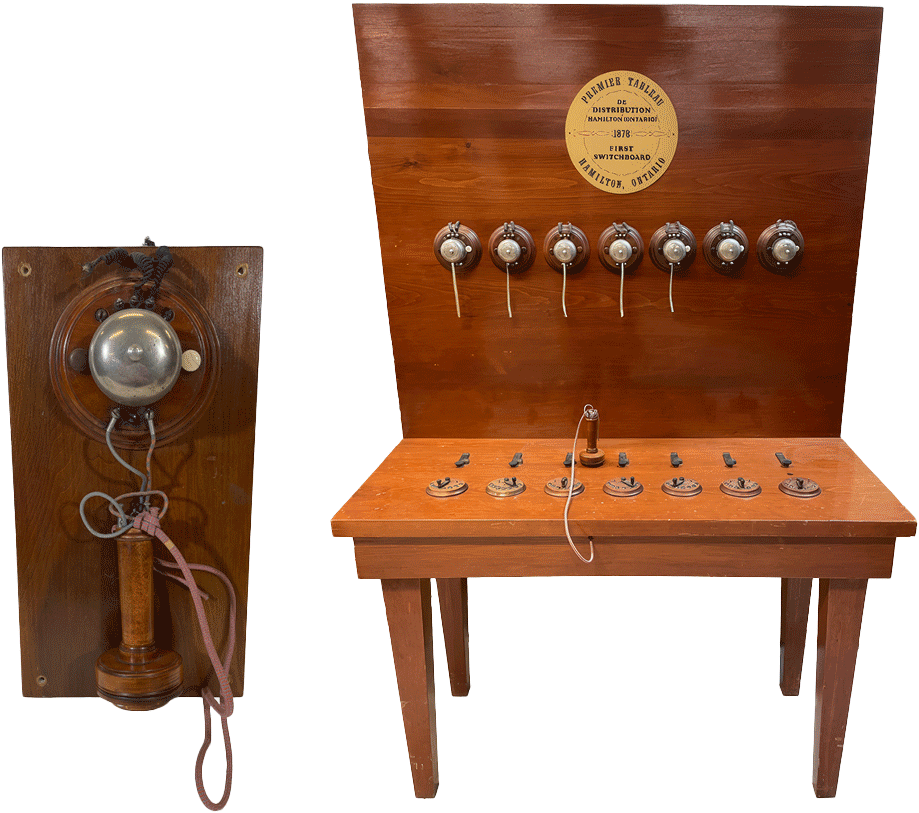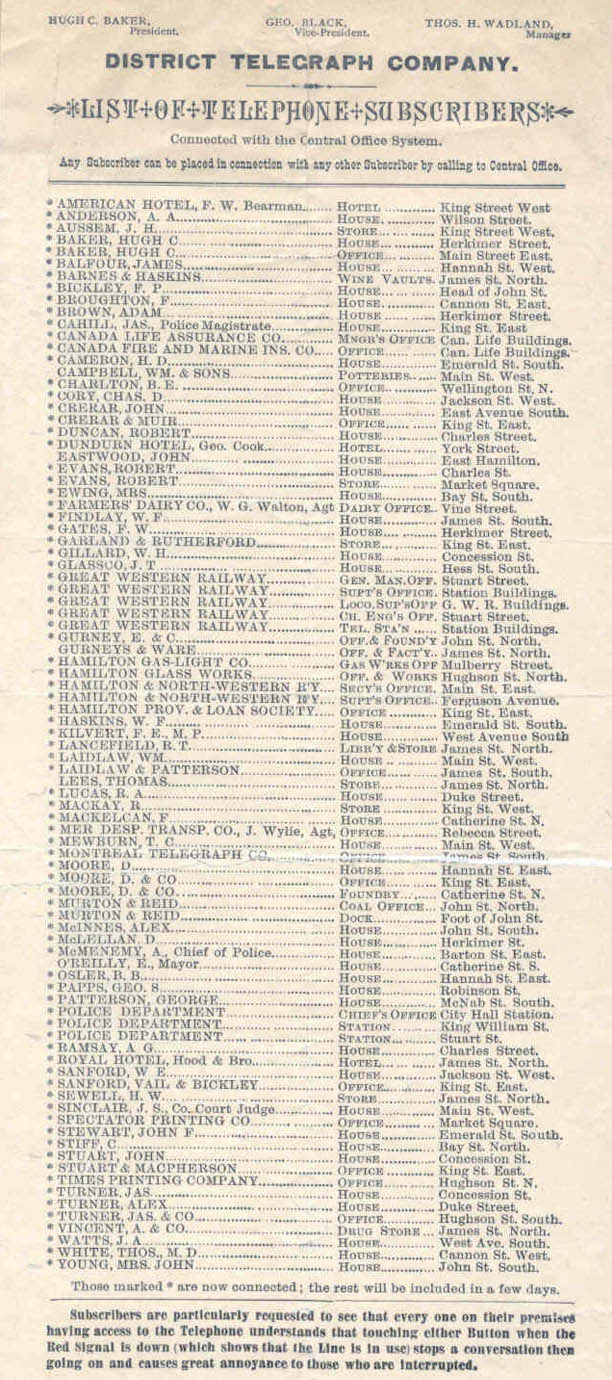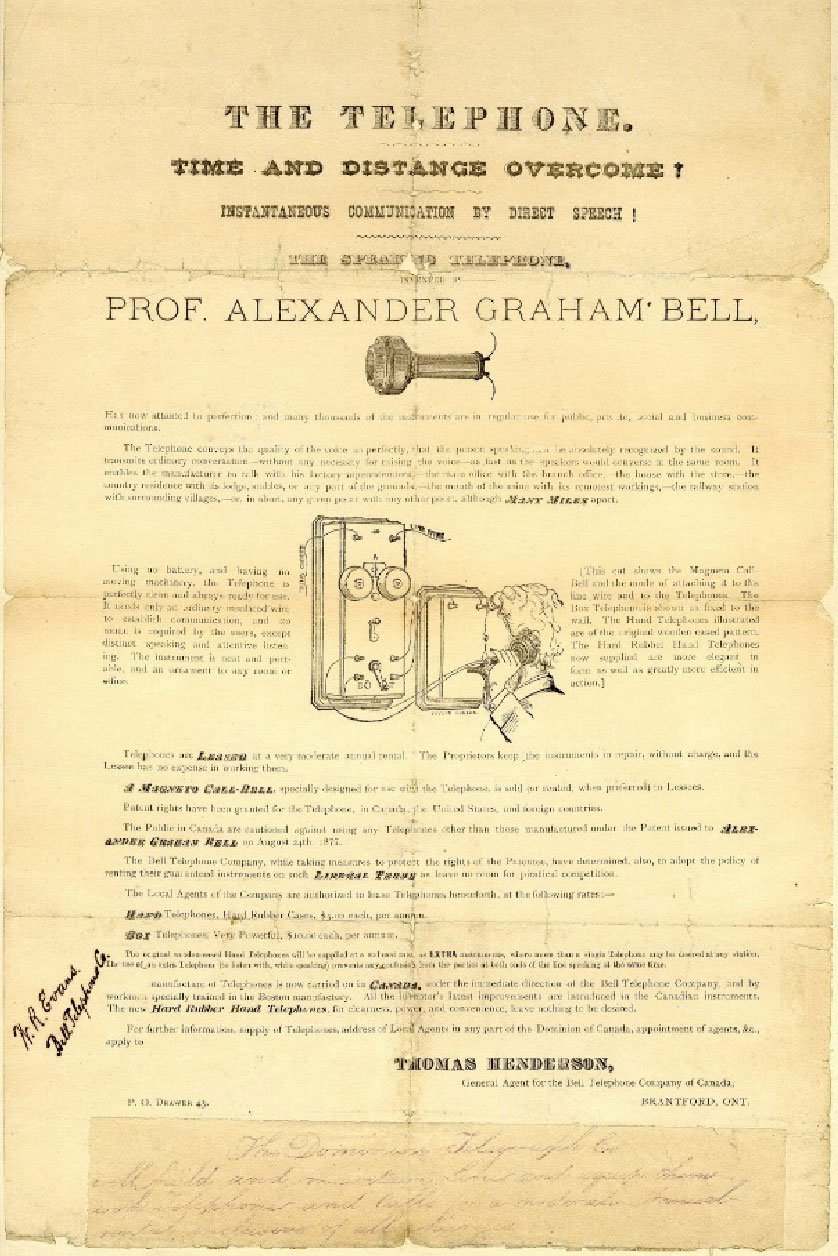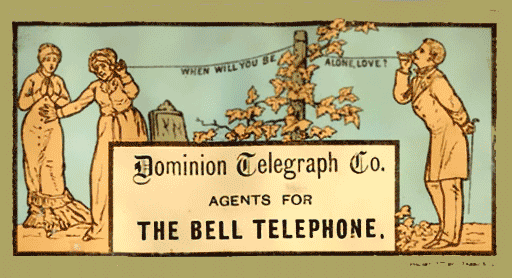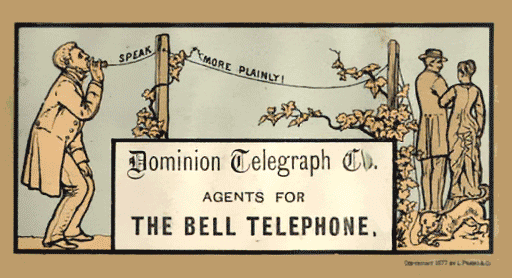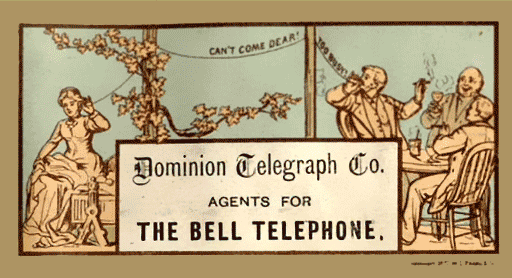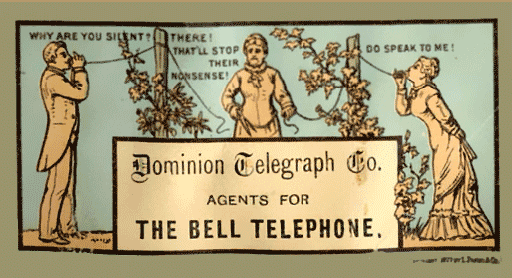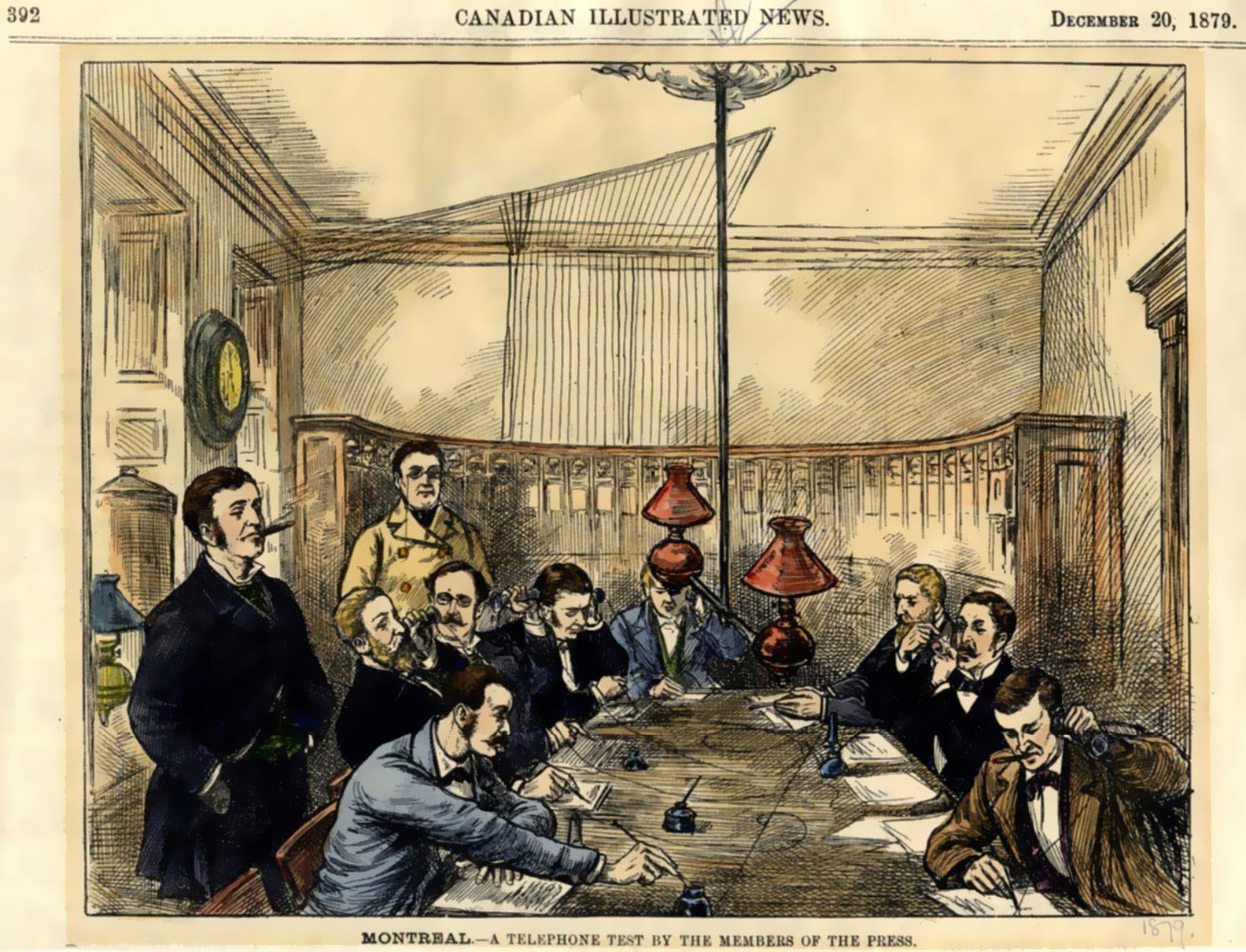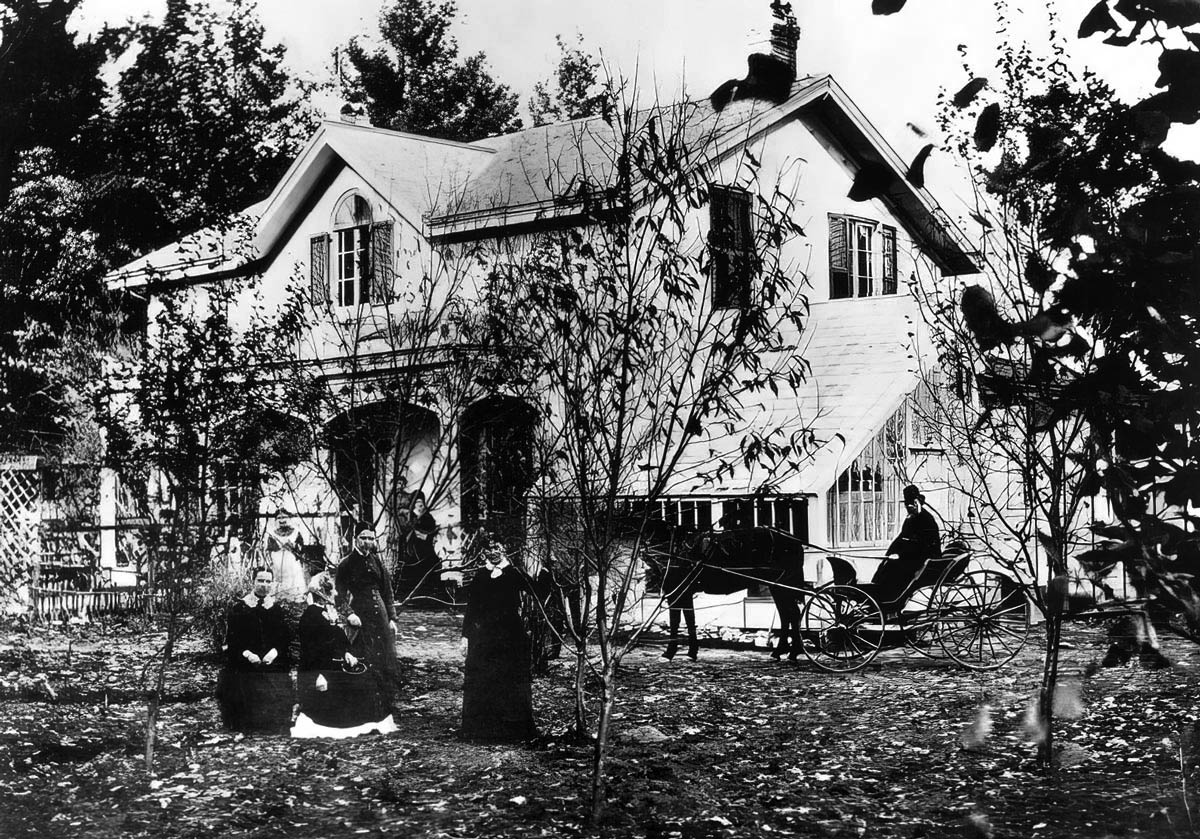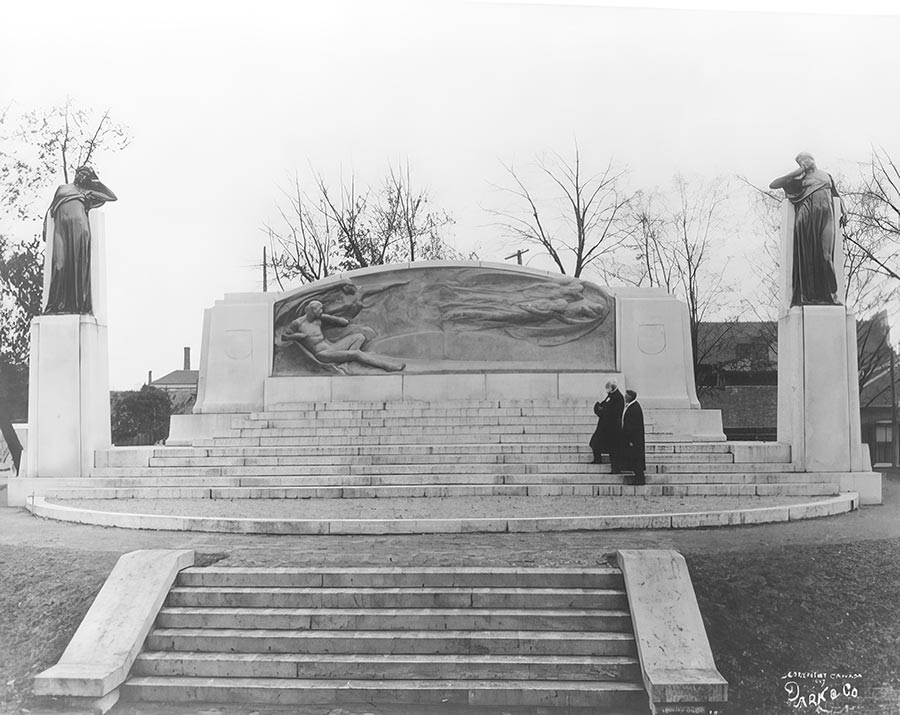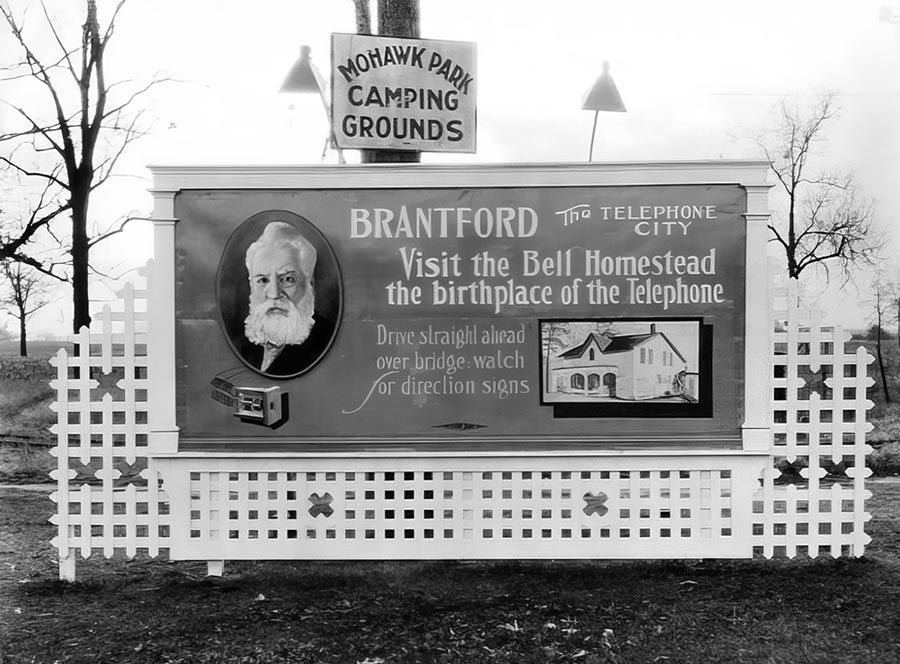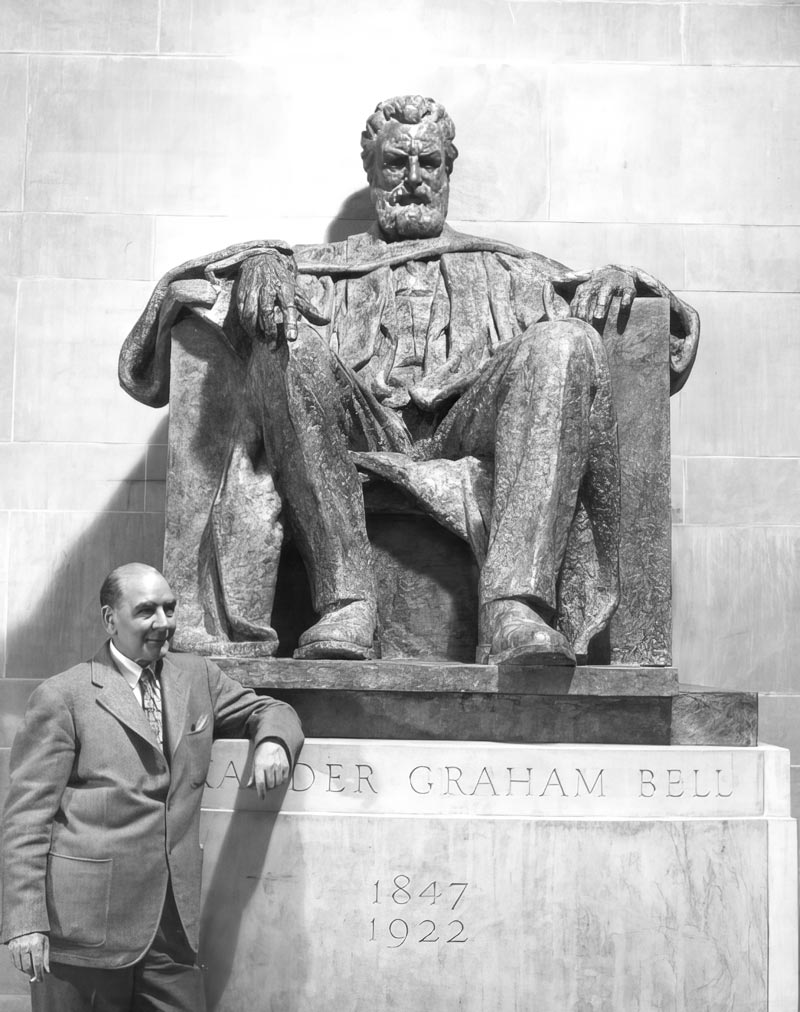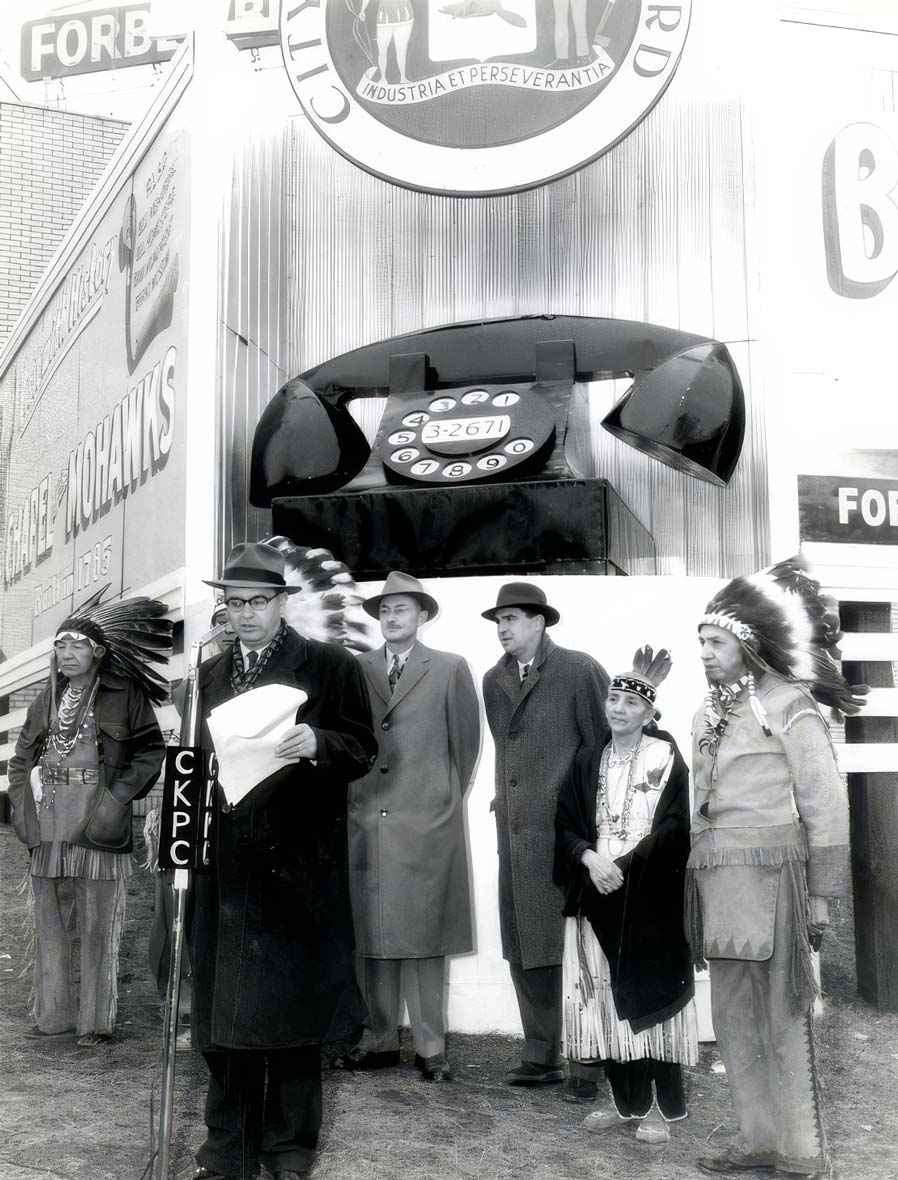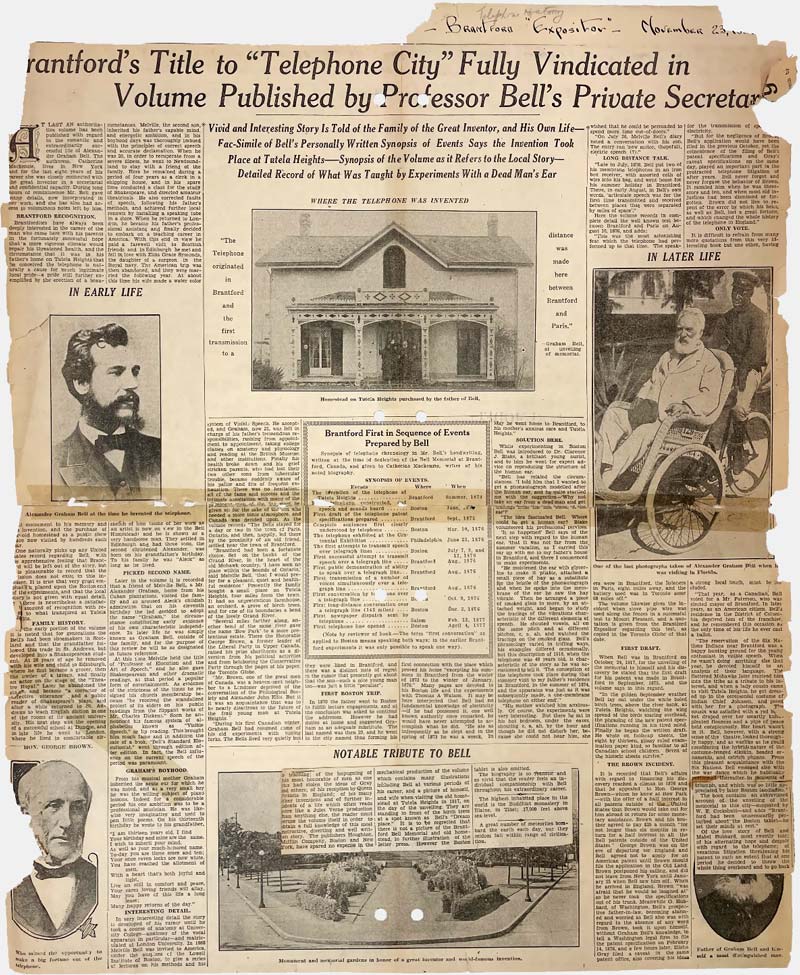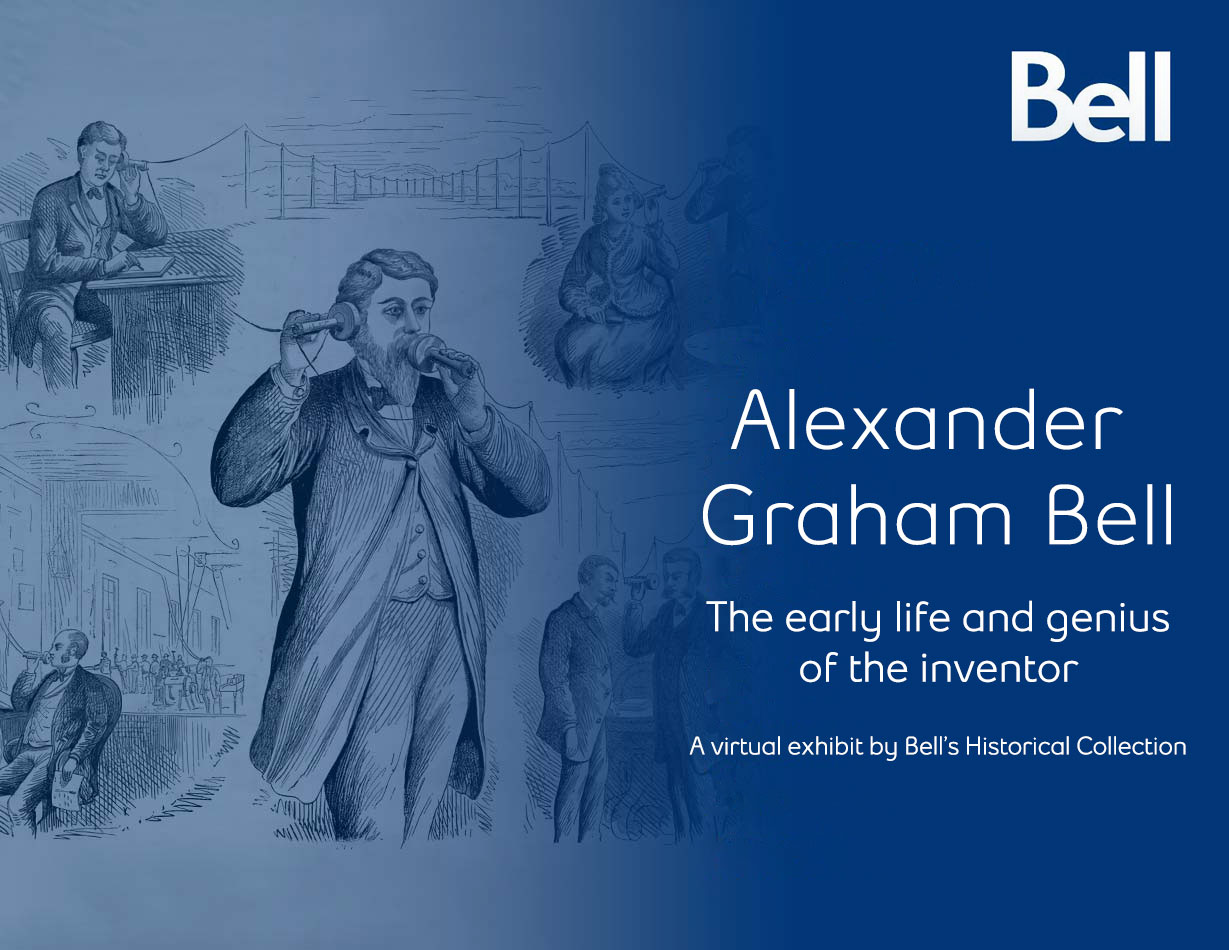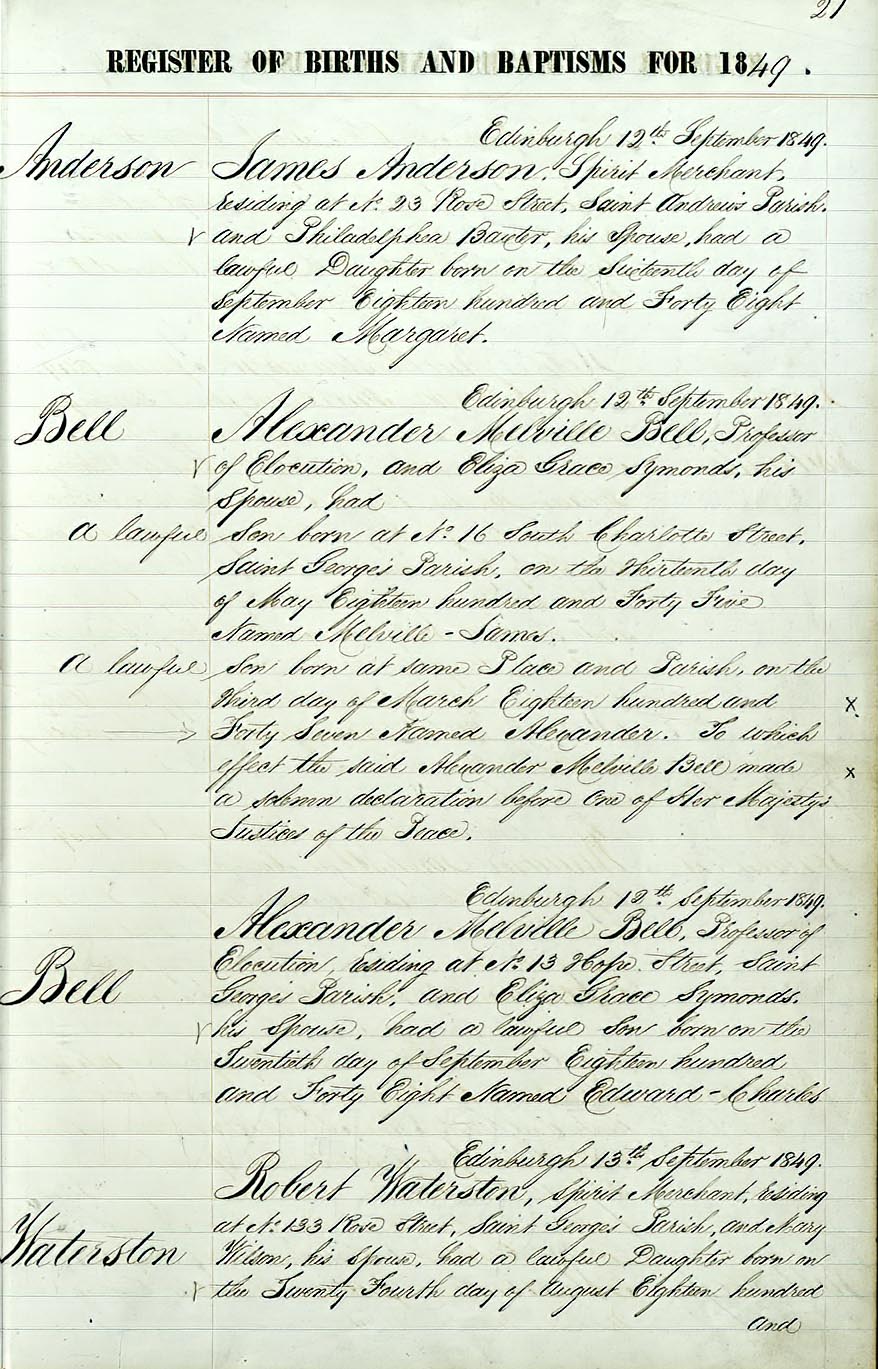 |
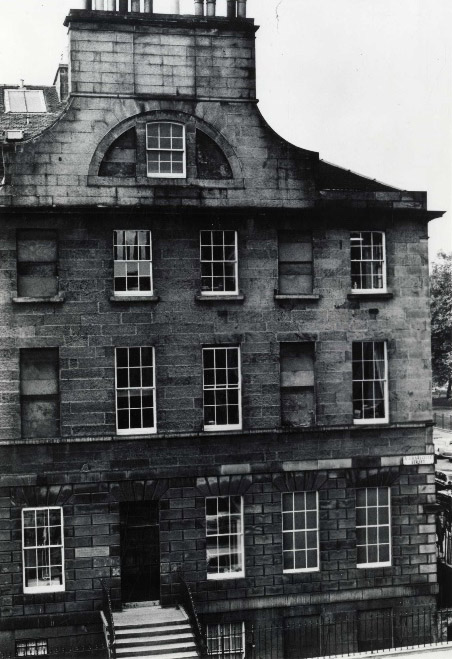 |
Birth entry for Alexander Graham Bell
(Source: National Records of Scotland) |
Alexander Graham Bell’s birthplace,
16 South Charlotte Street, Edinburgh, Scotland. |
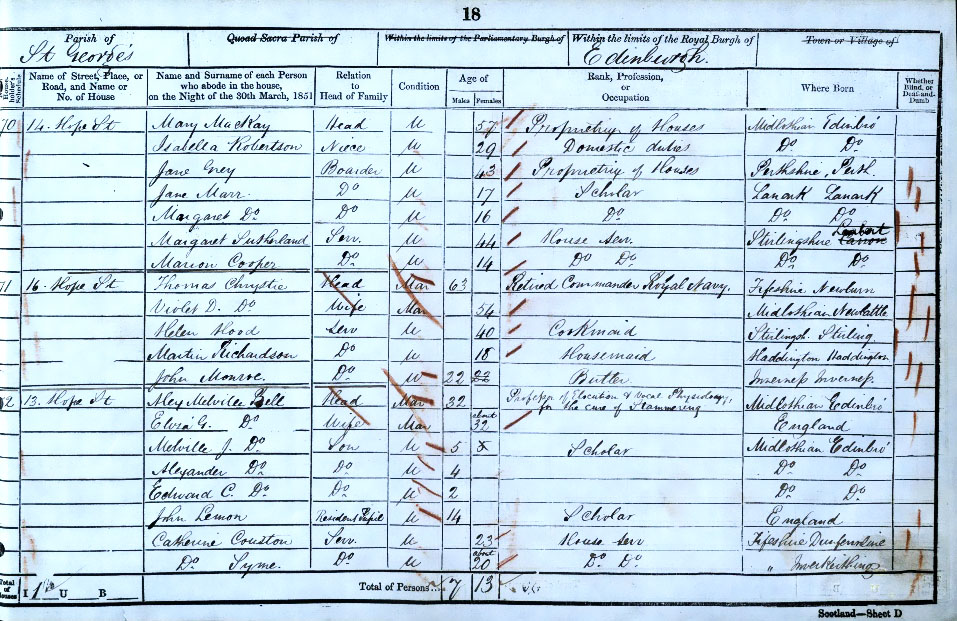 |
| 1851 Scotland Census (Source: National Records of Scotland) |
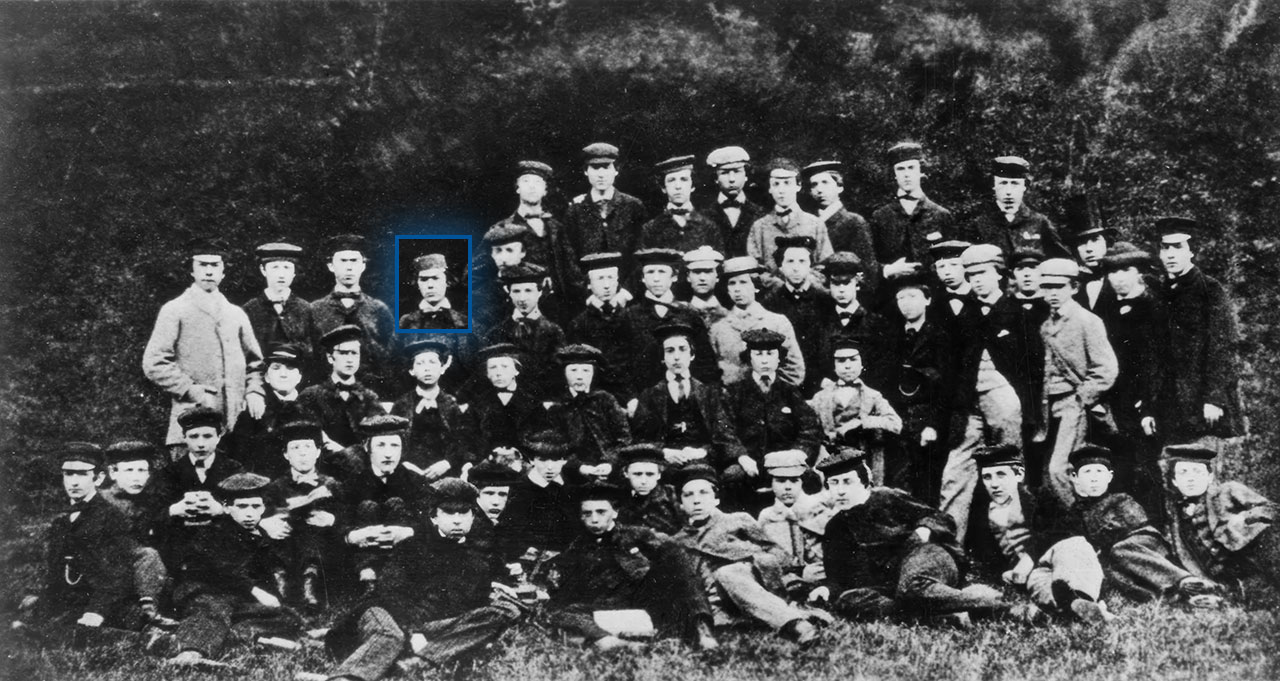 |
Alexander Graham Bell and Royal High School classmates, Edinburgh, Scotland, 1858.
|
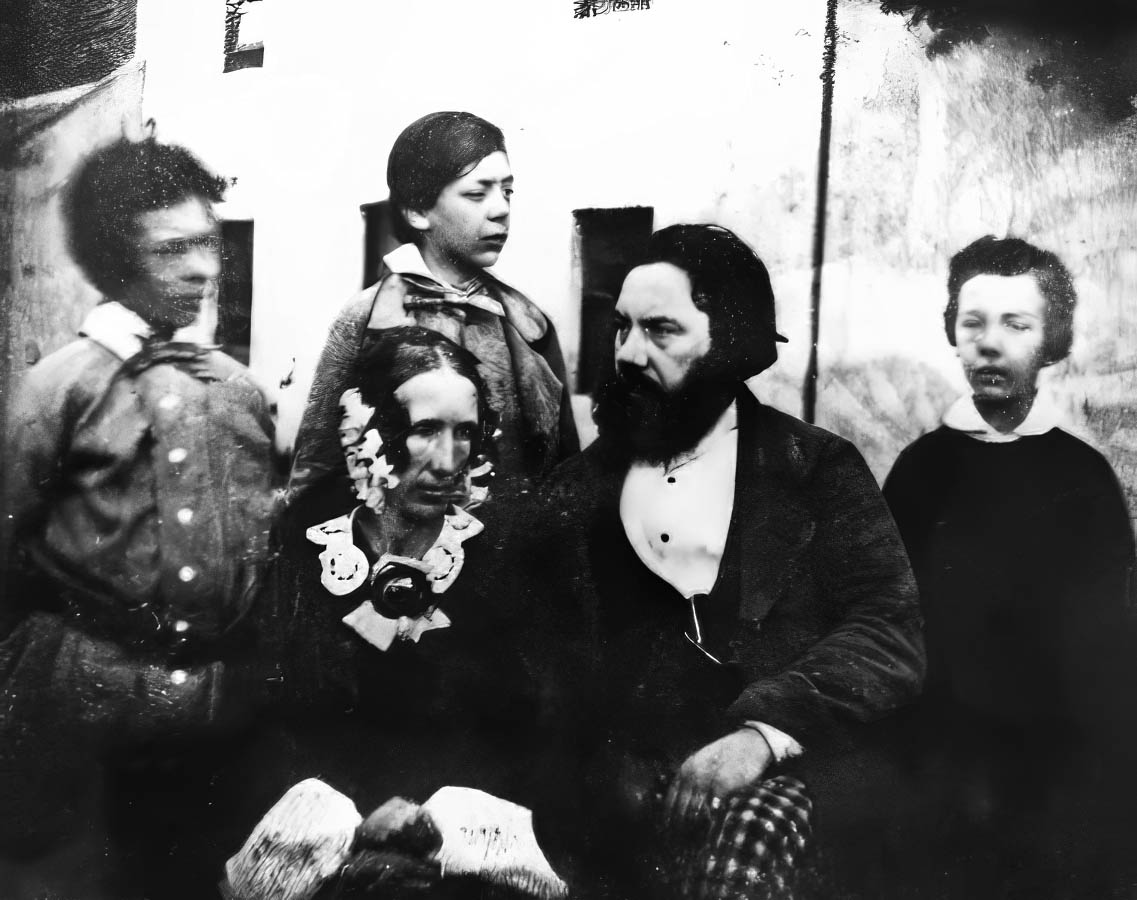 |
Seated in the foreground are Alexander Melville Bell and his wife, Eliza Grace (née Symonds). They are surrounded by their sons, from l-r: Alexander Graham, Melville James and Edward Charles, 1860.
|
His scholastic career, at McLaren’s Academy and the Royal High School, was by no means brilliant. He likes music, botany and natural history, which formed no part of the school curriculum, and he disliked intensely Latin and Greek, then mainstays of formal education. Before he left high school in 1862, he had already made his first invention – a scheme for facilitating the removal of husks in a grain mill, based upon the principle of a nail brush.
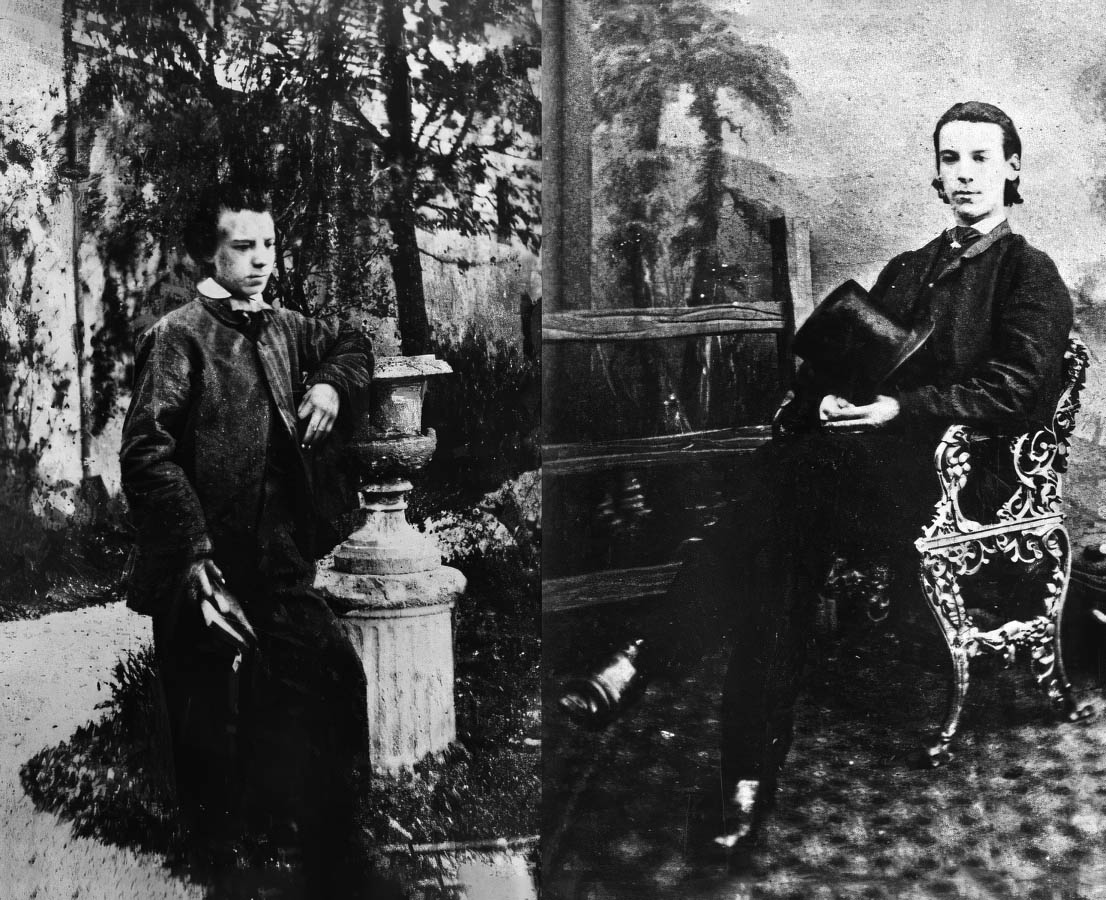 |
Alexander Graham Bell, aged 15 and 17. The photograph on the left was taken by Bell's father at the family’s country home, Milton Cottage, Trinity, Edinburgh, 1862.
|
That same year, Graham and his brothers assisted their father, Alexander Melville Bell, in public demonstrations of Visible Speech – a code of symbols that indicate the position and action of the throat, tongue and lips in uttering various sounds. At about this time, too, Graham enrolled as a student teacher at Weston House, a boy’s school near Edinburgh.
There he taught music and elocution in exchange for instruction on other subjects. Later, after study at the University of Edinburgh, he became a full-time teacher. He also founds time to qualify for studies at the University of London and to use Visible Speech in teaching a class of hearing-impaired children. While carrying a series of experiments on voice and sounds, he could not dismiss from his mind the possibility of “telegraphing” speech, though he had no idea how to do it. It was not until 1867 that he became interested in electricity and installed a telegraph wire from his room to that of a friend.
 |
Visible speech symbols invented by Alexander Melville Bell used for training hearing-impaired persons to produce words.
|
Then, in 1870, disaster uprooted the Bell family. Graham’s younger brother had already died of tuberculosis and now, the elder brother, Melville James, dies from the same disease. Doctors gave warning that Graham was also threatened. His father did not hesitate and sacrificed his teaching career in London to sail with his family in Canada. Within six days of the arrival in the country, on August 1870, the family bought a house in Brantford, Ontario, now known as the Bell Homestead.
|
|
